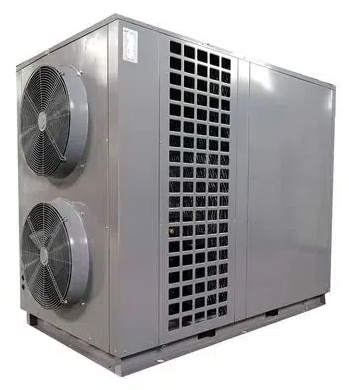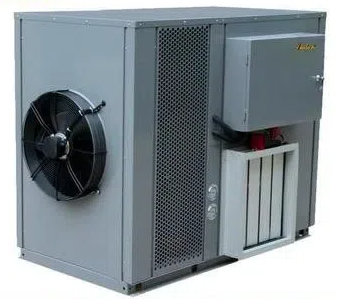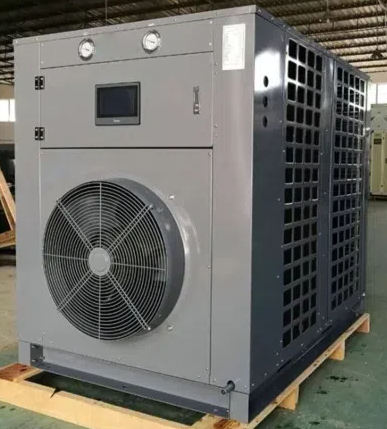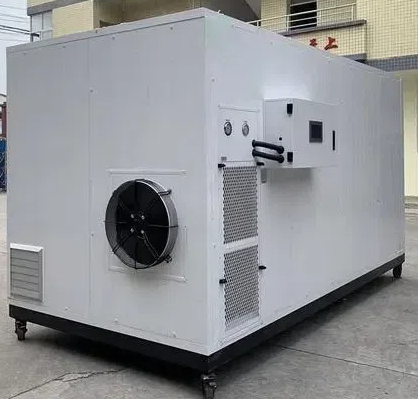
Content Menu
● Introduction to Heat Pump Dryers
● How Heat Pump Dryers Work
● The Condensation Process in Heat Pump Dryers
>> Do Heat Pump Dryers Cause Condensation in the Room?
● Advantages of Heat Pump Dryers
>> Energy Efficiency
>> Gentle on Clothes
>> Versatility in Installation
● Potential Condensation Concerns
>> High Humidity Environments
>> Improper Installation or Maintenance
● Tips for Preventing Condensation Issues
● Innovations in Heat Pump Dryer Technology
>> Smart Sensors
>> Improved Condensation Systems
>> Self-Cleaning Condensers
● Environmental Impact
● Choosing the Right Heat Pump Dryer
● Conclusion
● Frequently Asked Questions
>> Q1: Are heat pump dryers more expensive than conventional dryers?
>> Q2: How long do heat pump dryers take to dry clothes compared to conventional dryers?
>> Q3: Do heat pump dryers require special installation?
>> Q4: How often should I clean the filters in my heat pump dryer?
>> Q5: Can heat pump dryers be used in cold climates?
Introduction to Heat Pump Dryers
Heat pump dryers have become increasingly popular in recent years due to their energy efficiency and innovative technology. These appliances use a unique drying method that sets them apart from conventional tumble dryers. In this article, we'll explore the relationship between heat pump dryers and condensation, addressing common concerns and providing valuable insights for consumers.
How Heat Pump Dryers Work
Heat pump dryers operate on a closed-loop system that recirculates air within the appliance. This process involves several key components:
1. Evaporator: Cools and dehumidifies the air
2. Compressor: Pressurizes the refrigerant
3. Condenser: Heats the air for drying clothes
4. Expansion valve: Regulates refrigerant flow
The air circulates through these components, efficiently removing moisture from clothes while conserving energy.
The Condensation Process in Heat Pump Dryers
Condensation is an integral part of how heat pump dryers function. As warm, moist air from the drum passes through the evaporator, it cools below its dew point. This causes water vapor to condense into liquid form. The condensed water is then collected in a tank or drained through a hose.
Do Heat Pump Dryers Cause Condensation in the Room?
One common concern among consumers is whether heat pump dryers cause condensation in the room where they're installed. The good news is that heat pump dryers are designed to manage condensation internally, minimizing the risk of excess moisture in your laundry area.
Unlike vented dryers that expel warm, moist air outside, heat pump dryers contain the moisture within the appliance. This closed system helps prevent the buildup of humidity in the surrounding environment, making them an excellent choice for homes without external venting options.

Advantages of Heat Pump Dryers
Energy Efficiency
Heat pump dryers are known for their superior energy efficiency compared to conventional dryers. By reusing heated air and operating at lower temperatures, they can significantly reduce energy consumption.
Gentle on Clothes
The lower drying temperatures used in heat pump dryers are gentler on fabrics, helping to preserve the quality and longevity of your clothes.
Versatility in Installation
Since heat pump dryers don't require external venting, they offer greater flexibility in terms of installation locations within your home.
Potential Condensation Concerns
While heat pump dryers are designed to manage condensation effectively, there are a few scenarios where condensation might become a concern:
High Humidity Environments
In areas with naturally high humidity levels, the dryer may need to work harder to remove moisture from the air. This could potentially lead to longer drying times or slightly increased condensation within the appliance.
Improper Installation or Maintenance
If the dryer is not installed correctly or not maintained as recommended by the manufacturer, it could lead to issues with condensation management. Regular cleaning of filters and proper positioning of the appliance are essential for optimal performance.

Tips for Preventing Condensation Issues
To ensure your heat pump dryer operates efficiently and minimizes any potential condensation problems, consider the following tips:
1. Ensure proper ventilation in the laundry area
2. Clean lint filters after each use
3. Regularly empty the condensation tank or check the drain hose
4. Avoid overloading the dryer
5. Perform routine maintenance as recommended by the manufacturer
Innovations in Heat Pump Dryer Technology
Manufacturers are continuously improving heat pump dryer technology to enhance performance and address potential issues. Some recent innovations include:
Smart Sensors
Advanced moisture and temperature sensors help optimize drying cycles, reducing energy consumption and the risk of over-drying.
Improved Condensation Systems
More efficient heat exchangers and condensation collection methods are being developed to handle moisture more effectively.
Self-Cleaning Condensers
Some models now feature self-cleaning condensers, which help maintain optimal performance and reduce the need for manual maintenance.
Environmental Impact
Heat pump dryers not only benefit consumers through energy savings but also contribute to reduced environmental impact. By using less energy and operating on a closed system, these appliances help decrease greenhouse gas emissions associated with household energy consumption.
Choosing the Right Heat Pump Dryer
When selecting a heat pump dryer, consider the following factors:
1. Capacity: Choose a size appropriate for your household's needs
2. Energy rating: Look for models with high energy efficiency ratings
3. Features: Consider additional functions like steam cycles or smart connectivity
4. Brand reputation: Research reliable brands known for quality and customer support
5. Price: Balance upfront costs with long-term energy savings
Conclusion
Heat pump dryers offer an innovative and energy-efficient solution for drying clothes. While they do involve condensation as part of their operating process, they are designed to manage this internally, minimizing the risk of excess moisture in your home. By understanding how these appliances work and following proper maintenance procedures, you can enjoy the benefits of a heat pump dryer without worrying about condensation issues.
As technology continues to advance, we can expect even more improvements in heat pump dryer efficiency and performance. Whether you're looking to reduce your energy bills, minimize your environmental impact, or simply enjoy the convenience of a versatile drying solution, a heat pump dryer could be an excellent choice for your home.

Frequently Asked Questions
Q1: Are heat pump dryers more expensive than conventional dryers?
A1: Yes, heat pump dryers typically have a higher upfront cost than conventional dryers. However, their energy efficiency can lead to significant savings on electricity bills over time, potentially offsetting the initial investment.
Q2: How long do heat pump dryers take to dry clothes compared to conventional dryers?
A2: Heat pump dryers generally take longer to dry clothes than conventional dryers. On average, a heat pump dryer cycle might take 30-60 minutes longer. However, the exact time difference can vary depending on the model and load size.
Q3: Do heat pump dryers require special installation?
A3: Heat pump dryers don't require external venting, which makes them easier to install in various locations. However, they do need proper ventilation around the unit and access to a drain or a way to empty the condensation tank.
Q4: How often should I clean the filters in my heat pump dryer?
A4: It's recommended to clean the lint filter after every drying cycle. The condenser filter (if your model has one) should be cleaned approximately once a month, but refer to your specific model's user manual for exact recommendations.
Q5: Can heat pump dryers be used in cold climates?
A5: Yes, heat pump dryers can be used effectively in cold climates. They operate on a closed system, which means they're less affected by external temperatures compared to vented dryers. However, extremely cold temperatures in the laundry area might slightly impact drying times.












